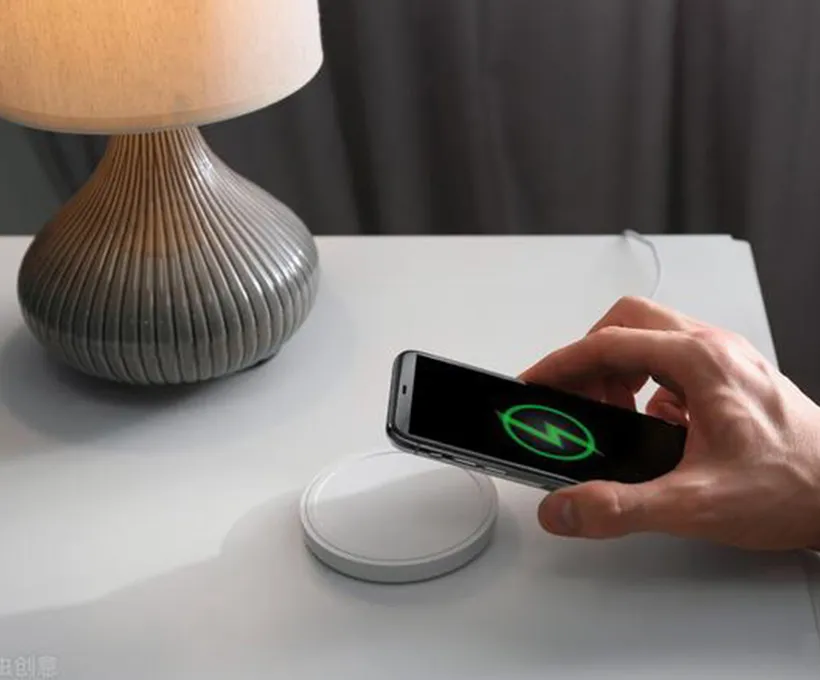Address
304 North Cardinal
St. Dorchester Center, MA 02124
Work Hours
Monday to Friday: 7AM - 7PM
Weekend: 10AM - 5PM
Address
304 North Cardinal
St. Dorchester Center, MA 02124
Work Hours
Monday to Friday: 7AM - 7PM
Weekend: 10AM - 5PM

Wireless charging has revolutionized the way we charge our devices. No more messy cables, no more damaged charging ports, and no more worrying about compatibility. But what exactly is wireless charging, and how does it work?
What is Wireless Charging?
Wireless charging, also known as inductive charging, is the process of charging a device without the use of cables or wires. Instead, it uses an electromagnetic field to transfer energy between two objects. In the case of wireless charging, the two objects are the charging pad (also known as a transmitter) and the device being charged (also known as a receiver).
How Does Wireless Charging Work?
Wireless charging uses a process called electromagnetic induction to transfer energy. The charging pad contains a coil of wire that generates an electromagnetic field when electricity flows through it. When a device with a receiver coil is placed on the charging pad, the electromagnetic field induces a current in the receiver coil. This current is then used to charge the device’s battery.
Types of Wireless Charging
There are two main types of wireless charging: Qi and PMA. Qi (pronounced “chee”) is the most popular wireless charging standard, developed by the Wireless Power Consortium (WPC). It is used by a wide range of devices, including smartphones, smartwatches, and earbuds. PMA (Power Matters Alliance) is another wireless charging standard that is less common than Qi.
Advantages of Wireless Charging
The main advantage of wireless charging is convenience. With wireless charging, you don’t need to worry about cables or connectors. You can simply place your device on the charging pad, and it will start charging automatically. Wireless charging is also safer than traditional charging methods because there is no risk of electric shock or damage to charging ports.
Disadvantages of Wireless Charging
The main disadvantage of wireless charging is that it is slower than traditional charging methods. Wireless charging also generates more heat than traditional charging, which can affect the lifespan of your device’s battery. Finally, not all devices are compatible with wireless charging, so you may need to purchase a separate receiver or case to enable wireless charging.
Conclusion
Wireless charging is a convenient and safe way to charge your devices. It uses electromagnetic induction to transfer energy between a charging pad and a device with a receiver coil. While there are some disadvantages to wireless charging, such as slower charging times and compatibility issues, the benefits outweigh the drawbacks. As wireless charging technology continues to improve, we can expect to see it become even more widely adopted in the future.